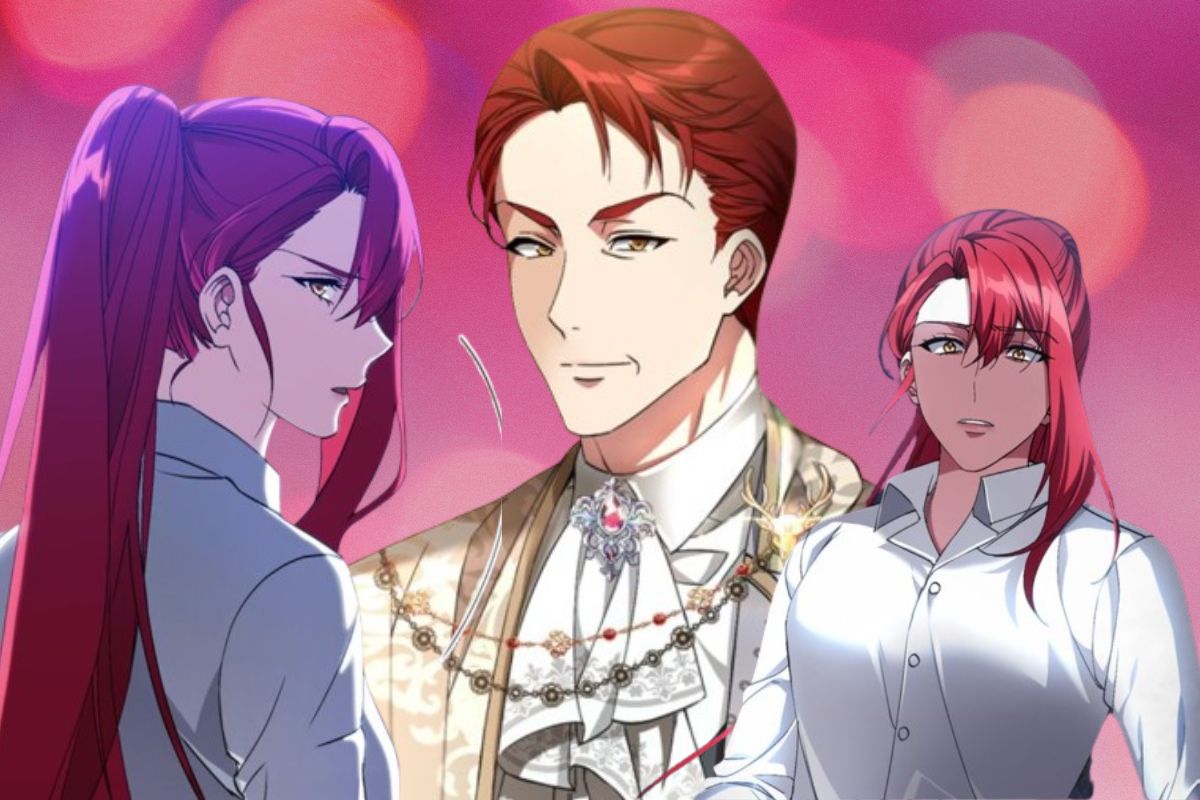The Flower of Veneration Chapter 1: Where Myth Blossoms into Destiny
The name itself whispers intrigue, doesn’t it? “The Flower of Veneration Chapter 1” It evokes images of mythical gardens shrouded in mist, petals glowing with otherworldly light, and ancient rituals where devotion takes tangible form. But is this flower solely a figment of fantasy, or are there secrets waiting to be unearthed?
Today, we delve into the captivating world of “The Flower of Veneration,” exploring its diverse interpretations across mythology, literature, and even real-world cultures. Buckle up, fellow explorers, as we journey through blooming stories and fragrant possibilities.
The Flower of Veneration Chapter 1 – Mythological Roots
Across various cultures, flowers have been imbued with symbolic power, representing everything from love and purity to rebirth and mortality. The “Flower of Veneration,” however, takes this symbolism a step further, often embodying profound respect and adoration for deities, heroes, or natural forces.
In Egyptian mythology, the lotus flower was revered as a symbol of the sun god Ra, signifying creation, rebirth, and the cycle of life. Similarly, the ancient Aztecs held the marigold in high regard, associating its vibrant hues with their sun god Tonatiuh.
Further east, in Japanese Shinto tradition, the cherry blossom is cherished as a symbol of ephemeral beauty and the transience of life. Its fleeting nature inspires admiration for the present moment and reverence for the natural world.
Literary Explorations
The power of this emblematic flower has also blossomed in the fertile ground of literature. Writers have woven tales where the “The Flower of Veneration Chapter 1” becomes a tangible object, driving plots and shaping characters’ destinies.
In the fantasy novel “The Mists of Avalon” by Marion Zimmer Bradley, the mythical Isle of Avalon is adorned with “flowers of eternal youth,” symbolizing the island’s magical properties and its connection to the goddess Morgaine.
J.R.R. Tolkien’s “The Lord of the Rings“ features the White Tree of Gondor, which blooms with fragrant silver flowers only when a true king sits on the throne. This mystical connection between the flower and the leader signifies the legitimacy and worthiness of the ruler.
Beyond Myth and Fiction
While the “The Flower of Veneration Chapter 1” might not exist in a literal sense, its symbolic essence thrives in various cultural practices around the world. Offerings of flowers at religious sites, the use of floral arrangements in celebrations, and even the act of gifting flowers as expressions of respect all echo the core idea of veneration.
Perhaps the most poignant example lies in the Dia de Muertos tradition in Mexico, where marigold flowers, known as “cempasúchil,” guide the spirits of deceased loved ones back to their families. This beautiful custom blends reverence for the dead with the vibrant symbolism of flowers.
The Enduring Allure
The “The Flower of Veneration Chapter 1″ continues to captivate us because it speaks to a universal human desire – to express our deepest respect and admiration for something larger than ourselves. Whether it’s a deity, a hero, a loved one, or even nature itself, this flower acts as a symbol of our yearning for connection and transcendence.
So, does the “Flower of Veneration” truly exist? Perhaps not in the literal sense, but its essence blooms in the stories we tell, the rituals we practice, and the emotions we express. It’s a reminder that beauty and devotion can intertwine, leaving behind fragrant trails of meaning and wonder.
The Bottom Line
“The Flower of Veneration” emerges as a timeless symbol that transcends cultural boundaries and literary realms. From its mythical origins in ancient civilizations to its portrayal in literature and its embodiment in real-world traditions, this symbolic flower encapsulates humanity’s innate yearning for connection, respect, and transcendence.
Through the lens of mythology, we see it as a representation of divine reverence, embodying the essence of gods and natural forces. In literature, it becomes a tangible artifact, driving plots and imbuing narratives with layers of meaning and mystery. And in the real world, it manifests in rituals and traditions, serving as a bridge between the mortal and the divine, the mundane and the sacred.











